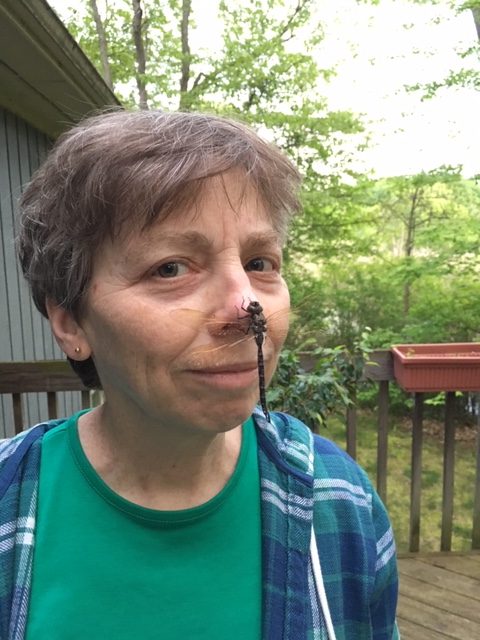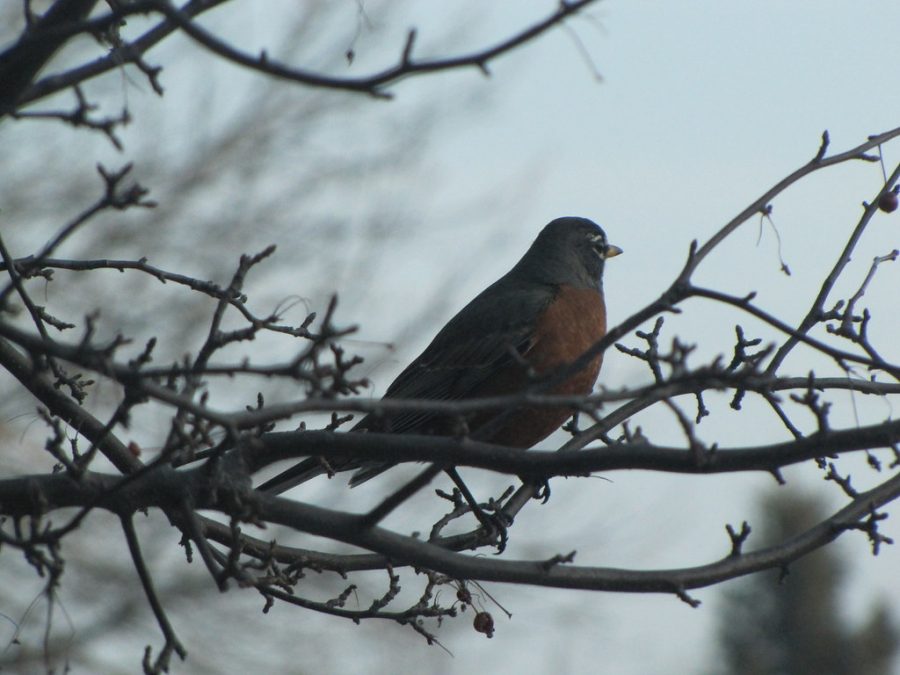
GUEST BLOGGER BUFFY SILVERMAN
In February, I find myself longing for warm breezes, a hint of green, and the scent of soft soil. On a Snow-Melting Day: Seeking Signs of Spring celebrates the seasonal changes from winter to spring. Plants that have been dormant prepare to grow. Hibernating and inactive animals emerge from their winter homes. Migrating birds return to their breeding grounds.
Your students can observe some of these seasonal changes. Let their observations inspire writing and poetry.

Pre-reading observations
- Show your students the cover of On a Snow-Melting Day and ask what season is depicted in the image.
- What words would they choose to describe the cover? Ask them to imagine being in those yellow boots. What sounds would they hear? How would they feel?
- Discuss the changes that occur when winter turns to spring where you live:
- What changes occur in day length?
- What changes do animals experience at this time of year?
- How does the weather change?
- What changes occur in plants?
- Name the sounds your students hear outside.
- What might they see and smell?
Reading the book
- Read the main text of the book through once, reading slowly and allowing students to look at each photograph.
- Tell your students that you will read the book a second time, and ask them to listen for words that describe sounds and actions.
- Make a class list of some of their favorite sound and action words. You might define the term onomatopoeia, and explain how sound words help recreate the experiences shown in the book.
- Examine the backmatter in the book. Notice how each word pair (for example, squirrels cuddle) has an entry in the backmatter that further explains what is depicted in the photographs. Choose two or three entries to share with your students.

Gathering observational data: Signs of spring
Let your students discover signs of spring in your school yard.
- Ask students to locate the buds on the end of branches of a deciduous tree or bush. In late summer, trees prepare for the next gowing season by growing buds. These buds will grow into leaves and flowers during the spring. As the weather warms and the days lengthen, buds begin to swell and leaves start to emerge. Have students draw and/or photograph tree buds. Return weekly to the same tree and notice how the buds change.
- Count and record the number of animal sounds that students hear in one minute. Listen also for sounds made by water or wind. Repeat these observations as the season progresses.
- Record other signs of spring that your students notice. These might include insect and spider activity, and flowers emerging.
Using observations: Writing activity
When you return to the classroom, review and list some of the observations that your students made. Use the students’ observations and the word list that you created from reading On a Snow-Melting Day to aid in the following writing activity:
- Discuss several examples of noun (naming word) and verb (action word) pairs that students observed and/or remember from reading the book. Some examples could include squirrels leap; wind blows; chickadees sing.
- Working individually or in small groups, have students brainstorm noun/verb pairs to include in a poem. Students can create their own structure for a poem, or complete the following:
When winter turns to spring,
I hear ________ ________ and ________ _________.
I see ________ ________ and ________ _________.
I smell ________ ________ and ________ _________ .
I feel ________ _________ and _________ _________.
when winter turns to spring.

Buffy Silverman is the author of 90 nonfiction books, featuring topics from angel sharks to alligators, and mars to monster trucks. Her books have been recognized by Kirkus, Booklist, Bank Street Books, and NSTA. Buffy spent many years as a naturalist and environmental educator, and taught biology to college students. Now she enjoys speaking to students about nonfiction, poetry, and writing. Her home is near a swampy lake in Michigan where she spends outdoor time with her dog, watches and photographs nature, and writes about the creatures she observes. Visit her at www.buffysilverman.com.
Featured image: “66-365” by tracydekalb is licensed under CC BY 2.0








5 Comments
Leave your reply.